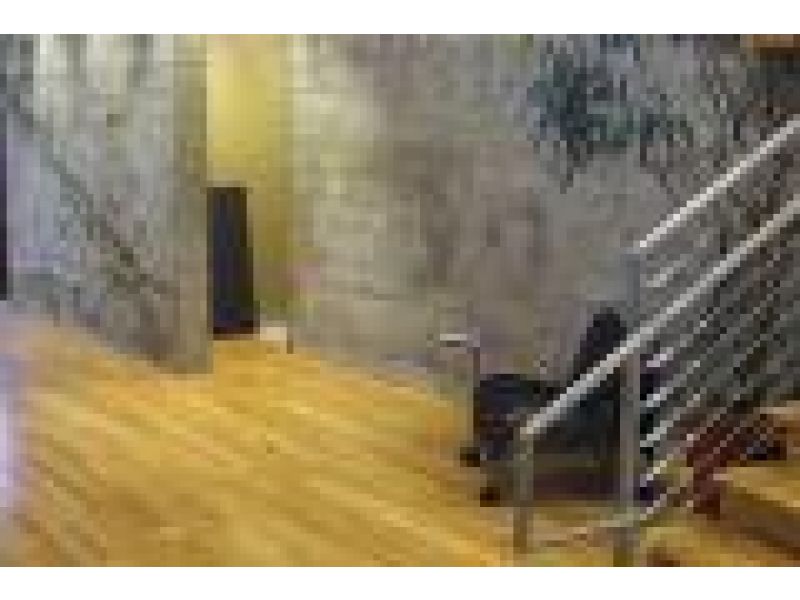An engineered floor, by definition, is cross laminated - like plywood. Engineered floors were developed in Europe in conjunction with radiant heat floors because solid floors do not perform well over radiant heat. Due to the fact that Engineered floors are more stable than solid, again, by virtue of the fact that they are cross laminated, engineered floors can be installed in environments that solid floors should not be installed. Given proper conditions and installation, engineered floors can be glued down or floated, over slab, on grade, below grade and in kitchens and even in bathrooms. Unlike pre-finished solid floors, pre-finished engineered floors can have square edges. Engineered floors are differentiated by their wear layer, milling, and core. Our Moso engineered floors are available in three core species: bamboo, pine and rubber wood. Pine, along with popular and spruce, is relatively less stable while rubber wood is generally considered to be the best core for engineered floors. The wear layer is the most implicitly obvious distinction: we talk about having an "oak floor" or a "maple floor" without regard to particular core. Moso is the species of bamboo commonly used in bamboo flooring. Vertical Grain Blonde Moso is harder than oak. Vertical Grain Carbonized Moso and Horizonal Grain Blonde Moso are of about the same hardness while Horizontal Grain Carbonized Moso is softer than oak. The hardness of Moso does not change due to its region of growth.



